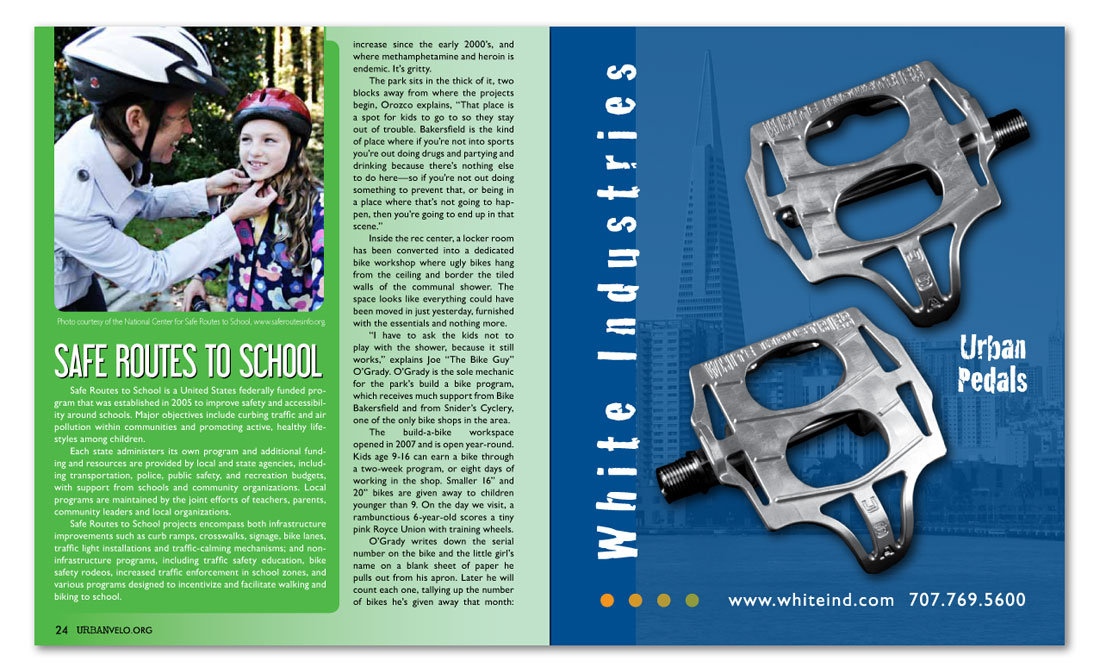


increase since the early 2000’s, and where methamphetamine and heroin is endemic. It’s gritty.
The park sits in the thick of it, two blocks away from where the projects begin, Orozco explains, “That place is a spot for kids to go to so they stay out of trouble. Bakersfield is the kind of place where if you’re not into sports you’re out doing drugs and partying and drinking because there’s nothing else to do here—so if you’re not out doing something to prevent that, or being in a place where that’s not going to happen, then you’re going to end up in that scene.”
Inside the rec center, a locker room has been converted into a dedicated bike workshop where ugly bikes hang from the ceiling and border the tiled walls of the communal shower. The space looks like everything could have been moved in just yesterday, furnished with the essentials and nothing more.
“I have to ask the kids not to play with the shower, because it still works,” explains Joe “The Bike Guy” O’Grady. O’Grady is the sole mechanic for the park’s build a bike program, which receives much support from Bike Bakersfield and from Snider’s Cyclery, one of the only bike shops in the area.
The build-a-bike workspace opened in 2007 and is open year-round. Kids age 9-16 can earn a bike through a two-week program, or eight days of working in the shop. Smaller 16” and 20” bikes are given away to children younger than 9. On the day we visit, a rambunctious 6-year-old scores a tiny pink Royce Union with training wheels.
O’Grady writes down the serial number on the bike and the little girl’s name on a blank sheet of paper he pulls out from his apron. Later he will count each one, tallying up the number of bikes he’s given away that month:
SAFE ROUTES TO SCHOOL
Photo courtesy of the National Center for Safe Routes to School, www.saferoutesinfo.org
Safe Routes to School is a United States federally funded program that was established in 2005 to improve safety and accessibility around schools. Major objectives include curbing traffic and air pollution within communities and promoting active, healthy lifestyles among children.
Each state administers its own program and additional funding and resources are provided by local and state agencies, including transportation, police, public safety, and recreation budgets, with support from schools and community organizations. Local programs are maintained by the joint efforts of teachers, parents, community leaders and local organizations.
Safe Routes to School projects encompass both infrastructure improvements such as curb ramps, crosswalks, signage, bike lanes, traffic light installations and traffic-calming mechanisms; and non-infrastructure programs, including traffic safety education, bike safety rodeos, increased traffic enforcement in school zones, and various programs designed to incentivize and facilitate walking and biking to school.
White Industries